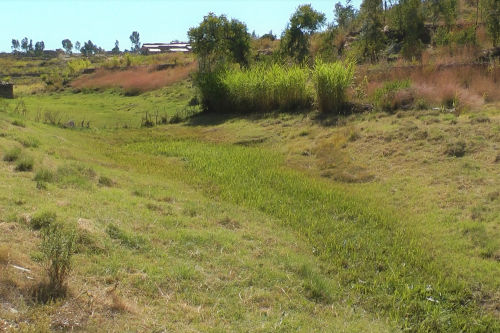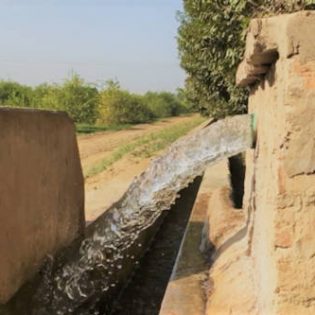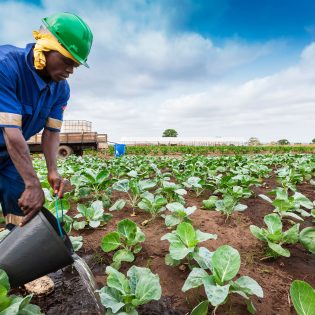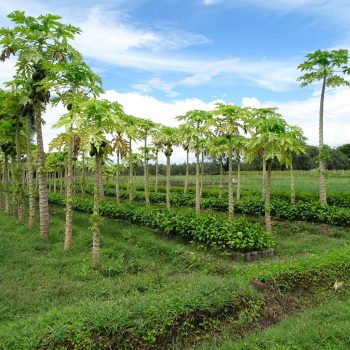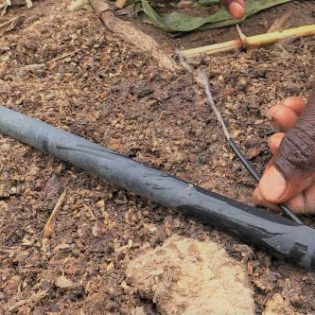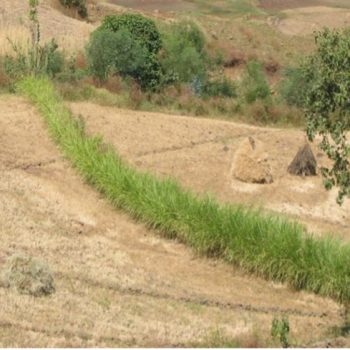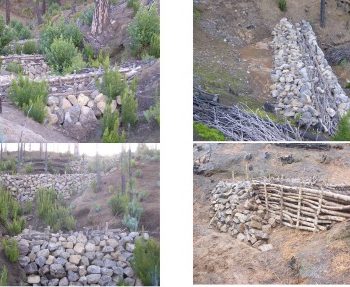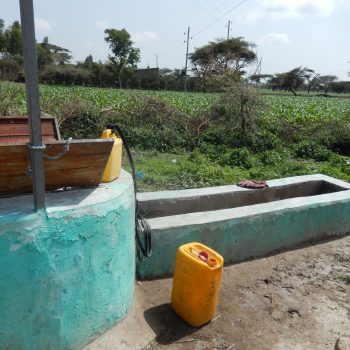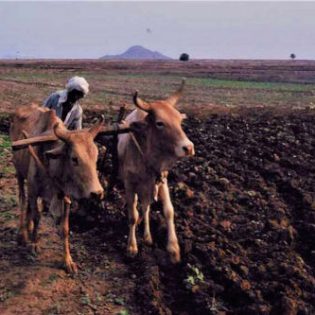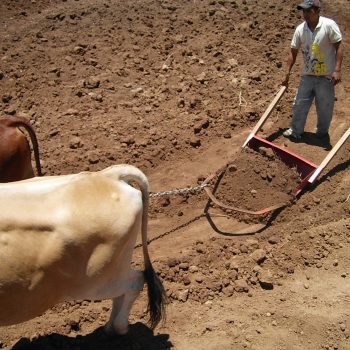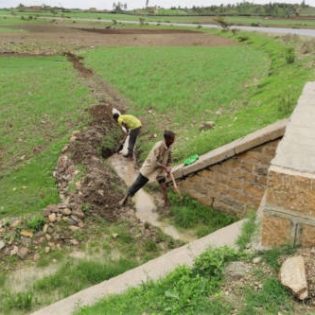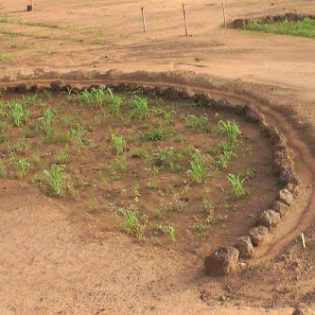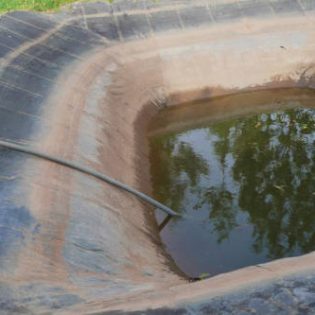There are many techniques to intercept run-off and floods and to recharge shallow groundwater such as percolation ponds and contour trenches, tube recharge, subsurface dams, sand dams and sand dune water infiltration. The best storage is in shallow sandy or sandy loamy aquifers.
In canal irrigated areas conjunctive management can contribute to improved shallow groundwater storage with excess canal flows recharging the tapped aquifers underneath the canal system and in some places creating freshwater lenses.
A controlled shallow groundwater table can moreover contribute to crop production through the phenomena of sub-irrigation. Capillary rise from shallow groundwater may be considered as an important contribution to secure soil moisture and hence agricultural productivity (Beltrão et al., 1996). Under dry climate water table contribution to crop evapotranspiration may reduce or even completely eliminate irrigation requirements without compromising on crop yields (Prathapar & Qureshi, 1999); (Nosetto et al., 2009). On the other hand, when groundwater becomes too shallow, such as during flooding, it limits oxygen availability to roots and the resulting water logging harms crop productivity. Targeted management of shallow groundwater at the landscape scale and active tile drainage at the field scale could help close the “yield gap” – between maximum potential crop production and actual production – thus improving efficiency in agriculture.
In canal irrigated areas conjunctive management can contribute to improved shallow groundwater storage with excess canal flows recharging the tapped aquifers underneath the canal system and in some places creating freshwater lenses.
A controlled shallow groundwater table can moreover contribute to crop production through the phenomena of sub-irrigation. Capillary rise from shallow groundwater may be considered as an important contribution to secure soil moisture and hence agricultural productivity (Beltrão et al., 1996). Under dry climate water table contribution to crop evapotranspiration may reduce or even completely eliminate irrigation requirements without compromising on crop yields (Prathapar & Qureshi, 1999); (Nosetto et al., 2009). On the other hand, when groundwater becomes too shallow, such as during flooding, it limits oxygen availability to roots and the resulting water logging harms crop productivity. Targeted management of shallow groundwater at the landscape scale and active tile drainage at the field scale could help close the “yield gap” – between maximum potential crop production and actual production – thus improving efficiency in agriculture.
| References: | Beltrão, J., Antunes Da Silva, A., & Asher, J. Ben. (1996). Modeling the effect of capillary water rise in corn yield in Portugal. Irrigation and Drainage Systems, 10(2), 179–189. https://doi.org/10.1007/BF01103700
Nosetto, M.D., Jobbágy, E.G., Jackson, R.B., & Sznaider, G.A. (2009). Reciprocal influence of crops and shallow ground water in sandy landscapes of the Inland Pampas. Field Crops Research, 113(2), 138–148. https://doi.org/https://doi.org/10.1016/j.fcr.2009.04.016 Prathapar, S.A., & Qureshi, A.S. (1999). Modelling the Effects of Deficit Irrigation on Soil Salinity, Depth to Water Table and Transpiration in Semi-arid Zones with Monsoonal Rains. International Journal of Water Resources Development, 15(1–2), 141–159. https://doi.org/10.1080/07900629948989 |
| Additional sources | Liu, T. & Luo, Y. (2011). Effects of shallow water tables on the water use and yield of winter wheat (Triticum aestivum L.) under rain-fed condition. Australian Journal of Crop Science. 5. (http://www.cropj.com/luo_5_13_2011_1692_1697.pdf)
Web resources: www.bebuffered.com |
Additional information
| Agriculture | Flood/spate irrigated, Irrigated, Rainfed (Crop) |
|---|
